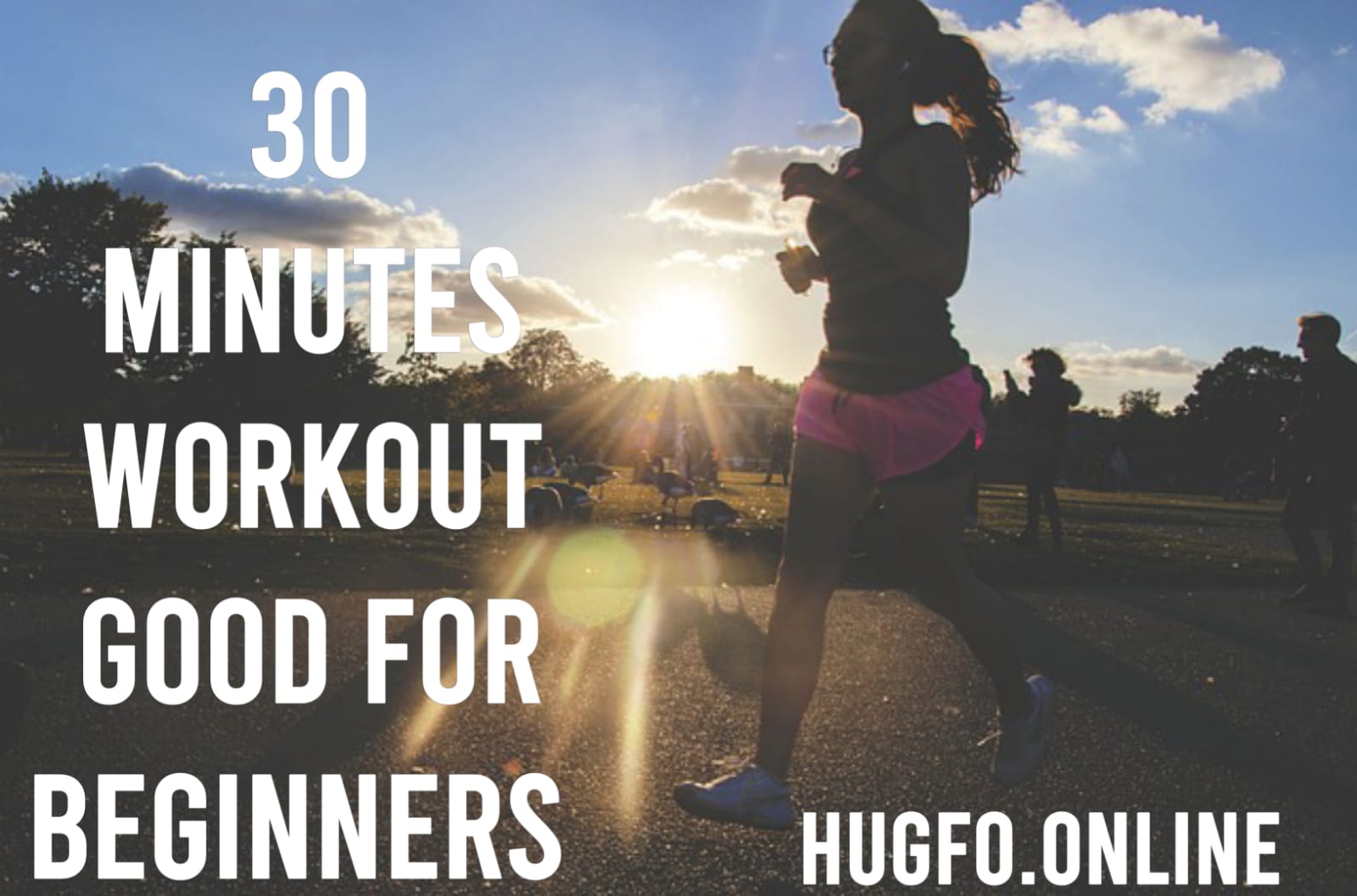Exercising quite recently wrapped up an extreme exercise meeting. You’re ready to collapse on the couch because your muscles are sore and your heart is still racing. Be that as it may, stand by! The genuine work isn’t finished at this point. What you do after a workout can have a significant impact on how quickly you recover and how well you perform in the following session. In this guide, we’ll show you how to make sure your post-workout routine is just as effective as your workout.
1. High-Intensity Interval Training (HIIT)
If you’re short on time but want maximum results, HIIT is the way to go! These quick, intense bursts of exercise followed by short recovery periods can torch calories, improve cardiovascular health, and build muscle. In just 20-30 minutes, you can complete a full-body workout that delivers results. Plus, HIIT is perfect for people with busy schedules—no excuses!
2. Functional Strength Training
Functional strength training focuses on exercises that mimic everyday movements, such as squats, lunges, and deadlifts. By working multiple muscle groups at once, you’ll not only build strength but also improve balance and coordination. Whether you’re lifting groceries or climbing stairs, functional fitness will make those tasks easier.
3. Mind-Body Workouts
In 2024, more people are realizing the importance of mind-body connection. Workouts like yoga, Pilates, and Tai Chi combine physical movement with mindfulness, helping you achieve both mental and physical well-being. These exercises focus on controlled movements, deep breathing, and flexibility—all of which help reduce stress and improve overall health
Take a break exercising
Slow Recuperation: It helps your pulse and breathing getting back to typical levels.
Muscle Unwinding: Diminishes muscle touchiness and solidness.
Preventing Injuries: Brings down the gamble exercising of post-practice wounds.
Step by step instructions to Chill Off Really
Light Cardio: Walk or light jog for 5 to 10 minutes.
Stretching: Center around the muscles you’ve worked. Hold each stretch for 20-30 seconds.
1 Hydrate:
Reestablish Electrolytes: essential for the operation of muscles.
Support Recuperation: reduces tiredness and muscle cramps.
Keep yourself hydrated: ensures that your body runs smoothly.
Tips for Powerful Hydration
Water: Drink a lot of water over the course exercising of the day.
Electrolyte Beverages: If you’ve had a particularly strenuous workout, you might want to drink sports drinks.
Keep away from Caffeine: It can get dried out you further.
2 Refuel:
Best Post-Exercise Food varieties
Protein: assists in muscle repair (for example, protein shakes, chicken, and tofu).
Carbohydrates: Renews glycogen stores (e.g., yams, quinoa).
wholesome fats: Upholds generally exercising wellbeing (e.g., avocados, nuts).
Examples of Post-Workout Snacks: Fruit and Greek Yogurt A smoothie made with protein powder, spinach, and banana Whole grain toast with peanut butter Rest: Allow Your Body to Recover Rest is just as important as working out. It permits your muscles to fix and develop further.
Optimizing Restful Sleep: Aim for 7 to 9 hours each night.
Dynamic Recuperation: On days off, do exercising something light like yoga or walking.
Take Note of Your Body: Try not to push through weakness; give yourself an opportunity to recuperate.
3. Stretch and Froth Roll
Expanding Adaptability: assists in preserving a full range of motion.
Getting Rid of Muscle Soreness: Facilitates exercising snugness and uneasiness.
Further developing Flow: Improves blood stream to tired muscles.
Viable Extending Methods
Dynamic Stretches: Consolidate these before your exercise.
Static Stretches: After your workout, perform exercising these, concentrating on the major muscle groups.
Froth Moving Tips
Roll Gradually: Burn through 1-2 minutes on each muscle bunch.
Apply Delicate Strain: Increment pressure exercising slowly as your muscles relax.
4 Mental Recuperation
Practice isn’t just about actual strain; It’s also hard on your mind.
Meditation as a Method for Mental Recuperation: Diminishes pressure and advance unwinding.
Profound Relaxing: Can quiet your psyche and body.
Journaling: Set goals for your next workout and reflect on your workout.
Top Tips for Maximizing Your Workouts
Now that you know how exercising can transform your body, let’s look at some tips to make your workouts even more effective in 2024:
- Set clear goals: Whether you want to lose weight, gain muscle, or improve your endurance, having a goal keeps you motivated.
- Stay consistent: Results don’t happen overnight. Consistency is key! Make a plan and stick to it.
- Prioritize recovery: Your muscles need time to recover and grow. Make sure to rest and get enough sleep.
- Fuel your body: Proper nutrition is crucial. Eat a balanced diet rich in protein, healthy fats, and complex carbs to support your workouts.
FAQ
When should I eat after exercising?
In a perfect world, inside 30-an hour. This window amplifies muscle fix and glycogen recharging.
If I’m short on time, can I skip the cool down?
It’s not suggested. Chilling off forestalls solidness and helps in recuperation.
What warning signs might I have of overtraining?
Relentless Weariness: Despite getting enough rest, feeling exhausted.
A rise in injuries: a lot of sprains and strains.
Temperament Changes: Expanded peevishness or absence of inspiration.
Conclusion:
What should I do following a workout? It goes beyond taking a shower and calling it a day. If you want to get the most out of your workouts and keep your body in top condition, it’s important to cool down, hydrate, refuel, rest, stretch, and take time for mental recovery. If you incorporate these steps into your routine, you will not only improve your recovery but also your fitness journey as a whole.



